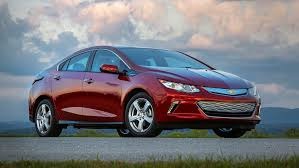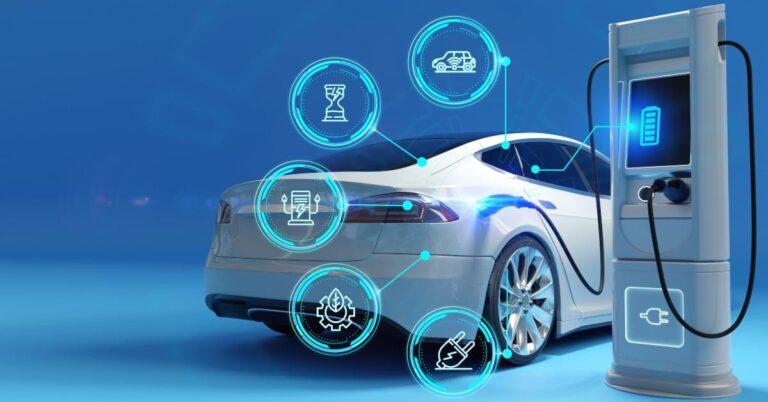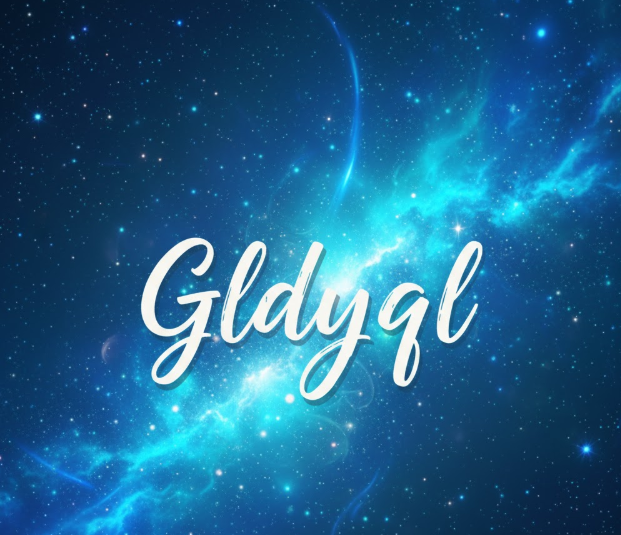The Rise of Erothtos in a Changing World
Can technology and sustainability truly coexist? This question defines the modern era, where innovation often clashes with environmental responsibility. Erothtos emerges as the answer — a transformative approach combining ecological awareness with intelligent design.
At its core, the concept blends eco (environmental consciousness) with ethos (moral values), creating a framework where progress respects the planet. In a world driven by automation, artificial intelligence, and resource consumption, it represents a new way forward — one that harmonizes innovation with ethical sustainability.
As industries and governments seek balance between economic growth and ecological stability, Erothtos becomes more than a movement — it’s a mindset that defines the future of sustainable intelligence.
The Meaning and Philosophy Behind It
This philosophy goes beyond technology. It is built on principles that encourage balance, responsibility, and long-term thinking. It focuses on building systems that generate value without exhausting natural resources.
| Principle | Description |
|---|---|
| Circular Economy | Reduces waste by reusing and recycling materials continuously. |
| Renewable Energy | Encourages the use of solar, wind, and hydro sources. |
| Smart Systems | Uses AI and data analytics to enhance efficiency and reduce impact. |
| Ethical Innovation | Promotes progress that benefits both people and the planet. |
Its four essential values are:
- Circular economy: minimizing waste through continuous reuse and recycling.
- Renewable energy: transitioning toward solar, wind, and hydro power.
- Smart systems: using AI and data to optimize efficiency.
- Ethical innovation: ensuring progress doesn’t harm people or the planet.
Together, these ideas create a foundation for sustainable progress — a vision where every advancement contributes to both human welfare and ecological balance. The goal is not rapid growth, but responsible evolution — a harmony between innovation and nature.
The Origins and Evolution
The origins of this movement can be traced back to early environmental technology efforts that began in the late 20th century. Initially, the focus was on reducing emissions and waste. But as digital transformation accelerated, sustainability evolved into a more interconnected vision.
From early green policies to advanced smart systems, it grew into a holistic approach linking technology and ecology. It symbolizes how industries can adapt digital innovation — AI, IoT, and blockchain — to serve environmental goals.
Over time, Erothtos evolved from a concept into a global sustainability framework, influencing education, policy, and industry. It has become a guiding principle for countries and corporations seeking responsible modernization.
Core Components of the Framework
To understand this approach, we must explore its four foundational components that define how it functions across industries.
Circular Economies
Encourages production models that reduce waste and extend the life of resources. Materials are reused, recycled, or repurposed, minimizing pollution and conserving energy.
Smart Technologies
Through AI, IoT, and blockchain, it enables real-time data analysis, efficient resource allocation, and transparent systems. Smart technologies help predict problems before they occur, promoting long-term sustainability.
Renewable Integration
Clean energy sources such as wind, solar, and bioenergy lie at the heart of this system. These technologies reduce dependency on fossil fuels while increasing energy accessibility for communities worldwide.
| Component | Function | Example |
|---|---|---|
| Circular Economies | Extends product lifespan through reuse and recycling. | Recycled packaging, biodegradable materials. |
| Smart Technologies | Automates efficiency and improves transparency. | AI, IoT sensors, blockchain supply tracking. |
| Renewable Integration | Generates clean energy and reduces fossil fuel use. | Solar panels, wind farms, bioenergy grids. |
| Ethical Collaboration | Builds trust and shared responsibility among industries. | Open-source sustainability initiatives. |
Ethical Collaboration
Transparency and shared responsibility define this principle. It supports open innovation and collaboration between industries, governments, and citizens to ensure equitable progress.
Key Benefits
This model delivers measurable benefits across environmental, economic, and social domains.
Environmental Preservation
By focusing on renewable energy and efficient systems, it helps reduce carbon emissions, protect ecosystems, and conserve biodiversity.
Economic Resilience
Industries adopting these principles experience long-term stability through lower operational costs, resource optimization, and cleaner supply chains.
Consumer Trust
Modern consumers value transparency. Companies following this mindset gain brand loyalty and attract eco-conscious markets.
Technological Synergy
Combining AI, automation, and sustainability creates smarter industries capable of adapting to future challenges.
Global Scalability
Whether in urban smart cities or rural energy projects, it adapts to diverse social and environmental needs, making it a universally applicable framework.
The Global Impact of Erothtos on Future Generations
Erothtos is not just transforming industries — it’s shaping how future generations will live, work, and interact with the planet. By promoting clean energy, digital ethics, and circular production, it creates a legacy of responsibility. The long-term vision of Erothtos ensures that technological advancement doesn’t compromise ecological stability, giving young innovators a sustainable world to build upon.
Challenges Facing Adoption
While the concept offers hope for a sustainable future, it faces several obstacles on the path to global adoption:
- High infrastructure costs make it difficult for developing nations to transition to renewable systems.
- Uneven regulations across regions slow down standardization.
- Industry resistance to change remains a persistent issue.
- Limited access to digital tools in emerging economies creates inequality.
However, these challenges can be mitigated. Governments and organizations can provide training programs, encourage funding partnerships, and develop cross-sector collaborations to promote smoother integration.
Real-World Applications
The true strength of this approach lies in its versatility. It is not just an idea but a practical framework being applied across industries.
Agriculture
Smart farming systems use drones and sensors to monitor soil and crop health. Farmers apply these models to reduce chemical use and improve yields sustainably.
Urban Planning
Cities develop green architecture, vertical gardens, and renewable-powered infrastructure. Smart grids ensure efficient power distribution.
Manufacturing
Through closed-loop production and recycling processes, factories minimize waste and emissions, encouraging sustainable supply chains that lower environmental impact.
Energy Systems
Microgrids powered by renewable sources provide energy independence to communities. This decentralized model aligns perfectly with sustainability goals.
Measuring Success
To ensure accountability, organizations adopting this framework must measure results through clear indicators.
Performance Metrics
- Energy efficiency improvements
- Reduction in carbon footprint
- Optimization of production and logistics
Social Impact
The adoption of such principles also generates social benefits — job creation, skill development, and improved community well-being.
Dashboards, analytics systems, and sustainability reports help visualize these outcomes, ensuring transparency and continuous progress.
The Future Ahead
As we move toward a more connected and data-driven world, the future looks promising. Emerging technologies like AI, quantum computing, and blockchain will further enhance resource management and ethical governance.
By 2035, global initiatives envision a world powered by smart renewable systems and shared sustainability policies. Consumers will demand eco-friendly practices as a norm, not an option. Startups and innovators will thrive in sectors like renewable materials, AI energy optimization, and green logistics.
Ultimately, this movement represents a future where every decision — from city design to product creation — supports balance between progress and preservation.
Case Study – In Action
Consider the example of a smart city project inspired by this framework. The city faced severe pollution and energy shortages. By integrating renewable microgrids, AI-based waste management, and green transportation systems, the city transformed within five years.
Results:
- Carbon emissions dropped by 40%.
- Energy costs are reduced by 25%.
- Public satisfaction increased significantly.
This case demonstrates how Erothtos is not just theoretical — it’s a practical guide to real-world transformation.
Conclusion – Why It Defines the Next Era
The story of Erothtos is one of hope, innovation, and responsibility. It teaches that progress doesn’t have to come at the cost of the planet. By blending cutting-edge technology with ethical values, it sets a new global standard for sustainable growth.
As we step into an age of digital transformation and environmental urgency, Erothtos offers a clear path forward — one where intelligence serves humanity, and innovation sustains life.
Erothtos isn’t just an idea—it’s a mindset shaping a smarter, greener, and more ethical future.






